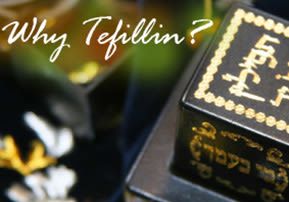
Why Tefillin?
Tefillin symbolizes the eternal bond that exists between the People of Israel and Hashem. We are commanded to emulate Hashem, and Hashem wears tefillin…

Tefillin symbolizes the eternal bond that exists between the People of Israel and God. This covenant is written on the parchment contained in the Tefillin: "And it shall be unto you for a sign upon your hand, and for a memorial between your eyes, in order that the law of the Lord may be in your mouth” (Shemot 13:9).
In Shir Hashirim (Song of Songs), the people of Israel are symbolized as the bride and God as the groom. The Tefillin are wrapped around the arm seven times alluding to the seven blessings (sheva brachos) recited at the wedding ceremony(also, the bride walks around the groom seven times) and represents the connection between the bride and the groom. The Tefillin straps are wrapped around the middle finger, alluding to the ring the groom places on the bride’s finger, binding two separate souls into a singular unit.
Man is commanded to follow God's path and fulfill God's commandments as stated (Devarim 28): “And you shall walk in His paths.” The Chofetz Chaim explains that we are commanded to emulate God's deeds and ways. Just as God is merciful, we must be merciful. Just as God is tolerant, we must be tolerant.
On a symbolic level, God also wears Tefillin. Our Sages ask (Masechet Brachot): “How do we know that God lays tefillin? It says that God's Tefillin contain verses praising His people, Israel, both individually and as a nation: “Israel; you, on whom I will be glorified.” Our Tefillin contain verses praising God, while God's Tefillin contain verses praising His chosen people, the Jews.
The following passages were taken from Rebbe Nachman’s explanation (Likutei Moharan 18, 17) regarding God's Tefillin: Love and fear can only be attained through the Tzaddik of the generation who brings them to the fore, since the Tzaddik is always searching for ways to fulfill Gods’s will. Since everything is created by God, His will can be discerned in both the entire creation as well as the creation's details.
The Tzaddik tries to discover what lies beneath the surface, hidden within the creations of this world; how they were made and the way they were made, composed of important aspects such as their appearance, strength, nature and behavior – which are things that change from creation to creation, such as the lion with its appearance and behavior and immense strength as opposed to the feeble and weak flea. God made everything in this world as an abstract thing, a living thing, an animal or a person, and every person, animal and thing was given a shape, a character and typical mannerisms.
The Tzaddik succeeds in his quest by the glorification he finds in Israel as a whole and in each person as an individual since the whole world was created for the people of Israel, as it says: Bereishit – meaning ‘for Israel, who are called ‘Reishit’ (first)’ – Am Yisrael was God's first consideration. God predicted the pleasure and pride He would attain from Am Yisrael as a whole and from each person as an individual, as it states, “Israel; you, on whom I will be glorified.” It is therefore understood that God's glorification in His people, is the root of the entire creation" (Yeshayahu 49).
By perceiving God’s glorification in Israel both as a whole and as individuals, the Tzaddik is able to decipher what lies behind the various aspects of creation along with the peoples' reverence and love. Since the Hebrew word for glorification Hitpa-arut has the root pe’er, this is likened to the Tefillin, which are also referred to as pe’er.
Our Sages ask (B’rachot): How do we know that the Tefillin give strength to Israel? The answer can be found in Devarim 28: “And all the nations of the earth shall see that you are called by the name of the Lord; and they shall fear you.” In other words, when the nations see that the Jews "wear" God's name i.e., they wear Tefillin on their heads and arms, the nations will fear them. The Hebrew word for “called” is nikra, which also means "read." In other words, the nations of the world will read ‘God’ upon the Jews.
This certainty of God’s glorification of his people, the Jews, is symbolized in God's Tefillin. Our Sages asked, How do we know God lays Tefillin? Concerning this, it is written: God's glorification in His people, Israel, is written in His Tefillin. His Tefillin are His glorification in His people as a whole and in each one as an individual. It would seem, therefore, that God dons Tefillin, and since we are commanded to follow his paths and deeds, man must also don Tefillin.
There is another aspect to Tefillin. According to Rashi, the passage of Shema ("Here O Israel") precedes that of "And it shall come to pass, if you hearken", in both the Tefillin worn on the head and on the arm. According to Rabbeinu Tam, the order is reversed. Rabbeinu Tam's Tefillin expand the intelligence, enabling us to break evil at its source and stand up against the forces of evil.
Women and Tefillin
The late Rabbi Aryeh Kaplan, in his classic booklet Tefillin explains that we bind ourselves to God through emulating Him. Women resemble God in a way that no man could ever hope to… a woman partakes of God's attributes more intimately than any man.
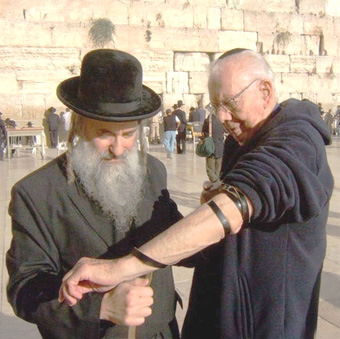
Binding ourselves to God: Rabbi Lazer Brody teaches an eighty-year-old man how to put on tefillin. It’s never too late to begin this wonderful mitzvah…


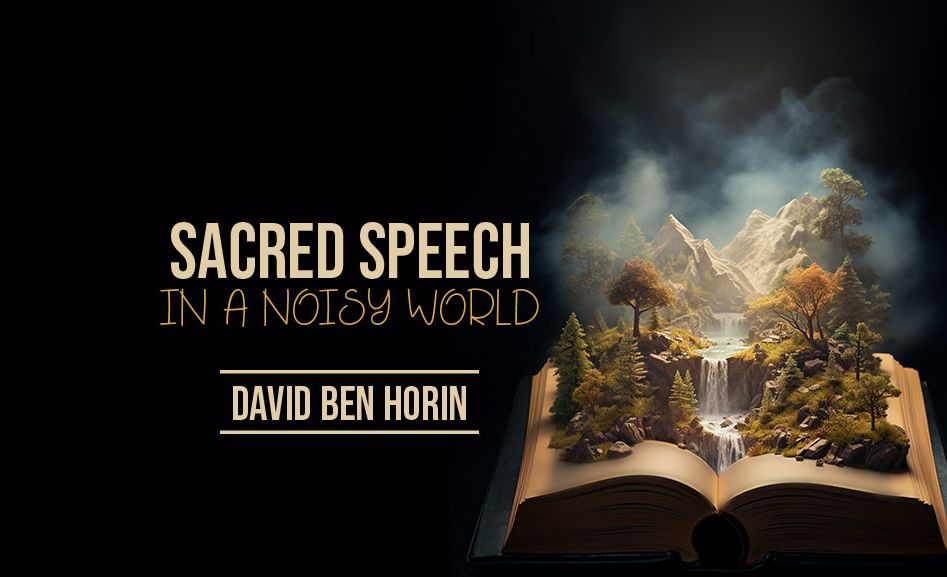
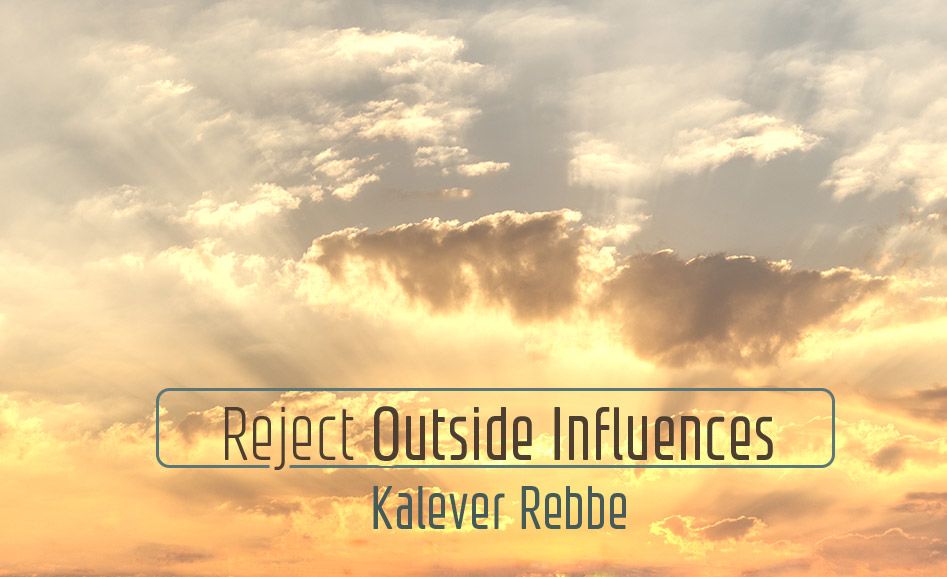
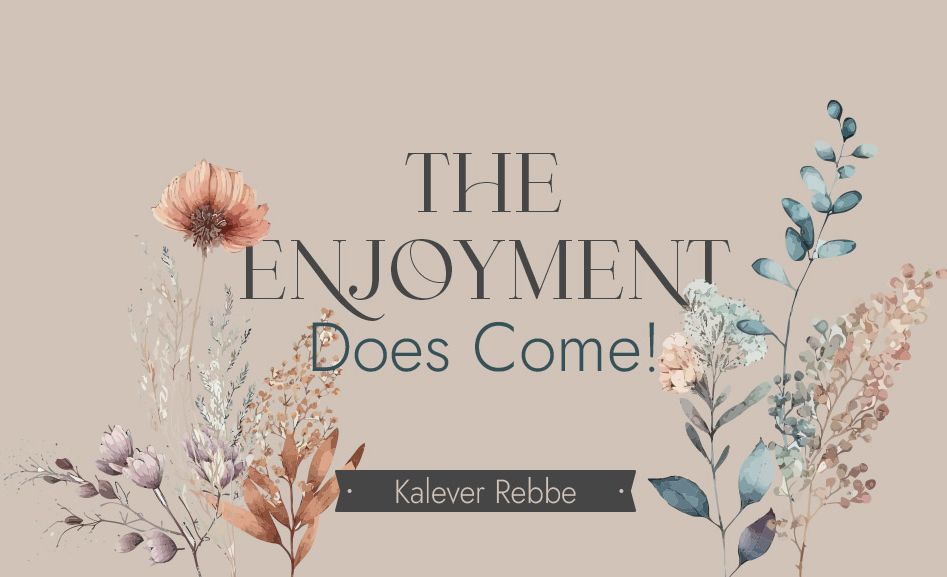
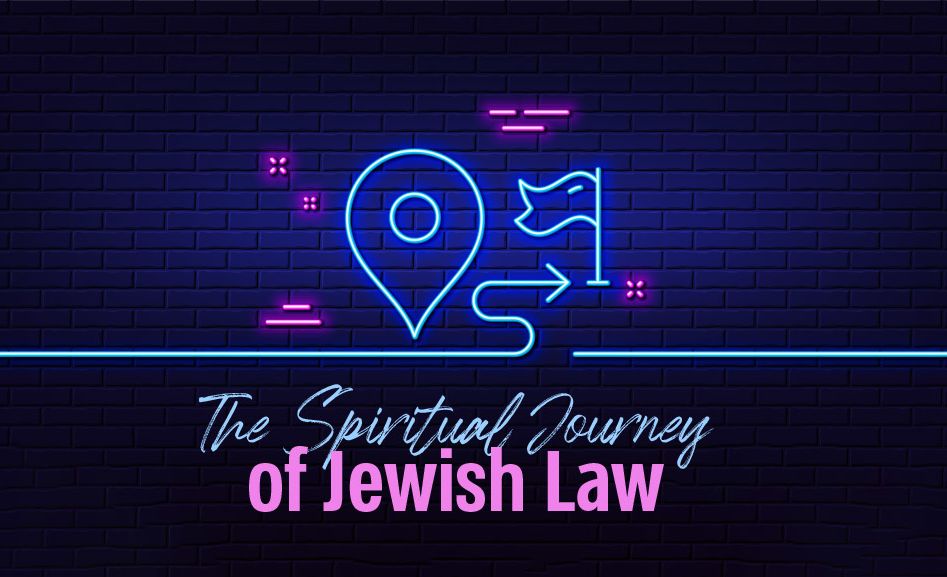
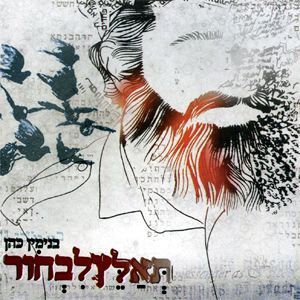
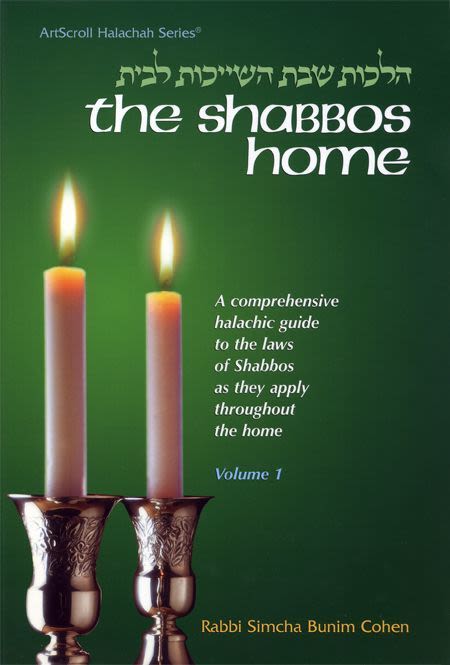
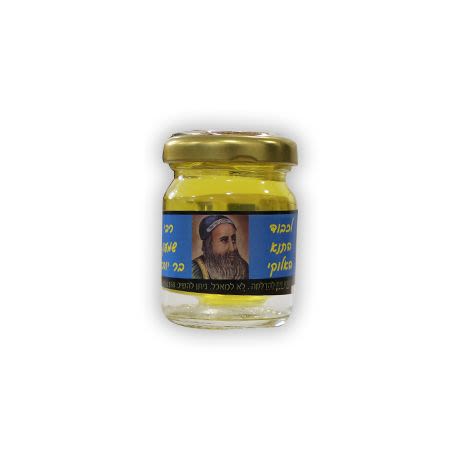
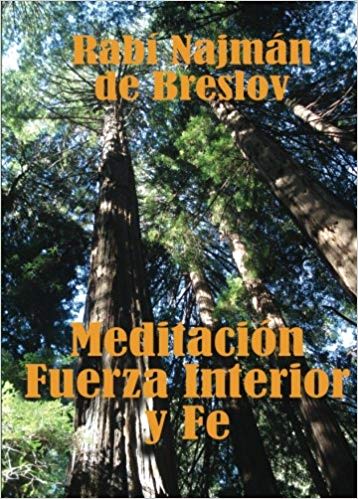
9/13/2017
Women that were tefillin
I turn 60 years old tomorrow . I will be wearing my. tefillin after I wake up 5o become closer to hashem
9/13/2017
I turn 60 years old tomorrow . I will be wearing my. tefillin after I wake up 5o become closer to hashem